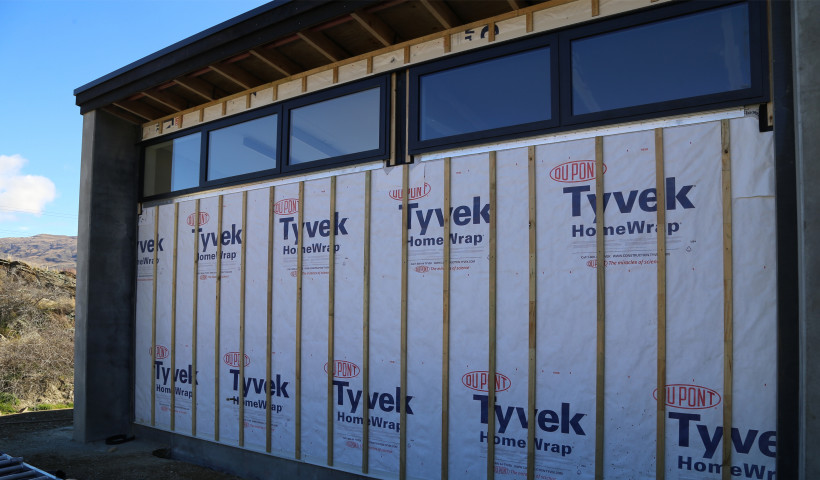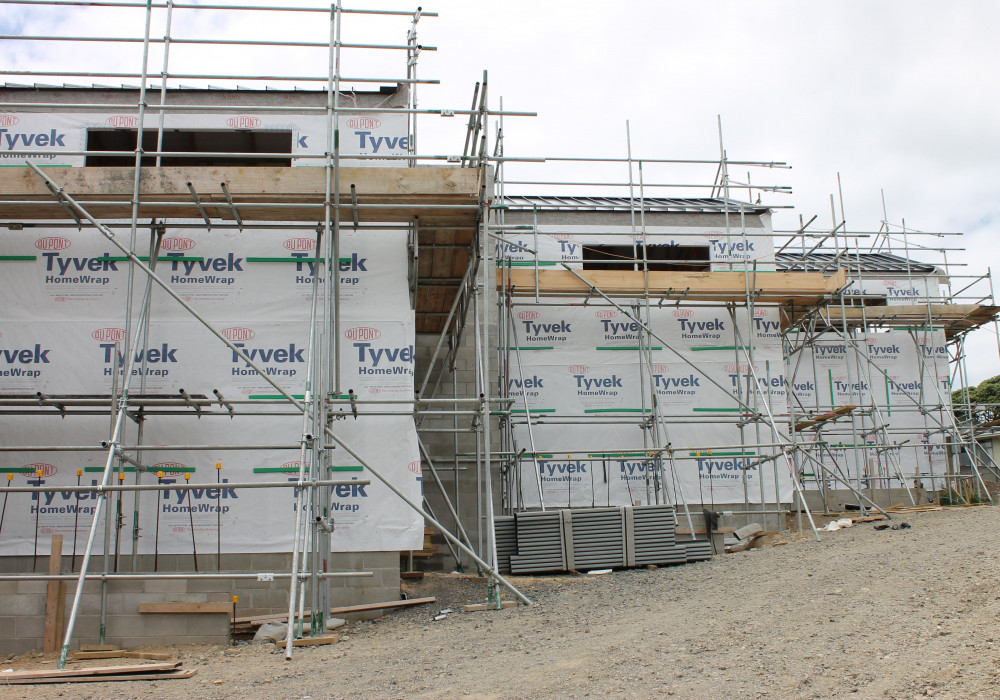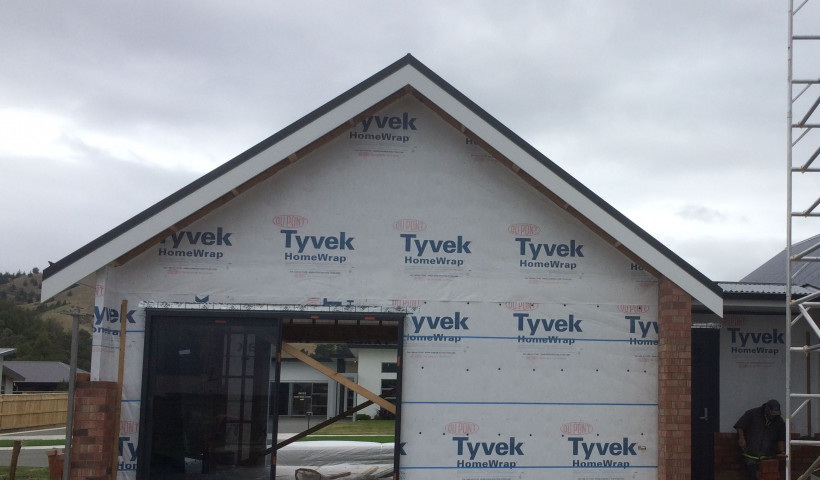
The main advantage of over-fixing with Tyvek is the building enclosure is sealed by a system of Tyvek weather tightness products that have been engineered by DuPont to work together.
This means the contractor, architect, territorial authority and/or building owner can worry less about 'incompatibility and/or durability issues.'
Although still in its infancy in New Zealand, plywood and/or oriented strand board (OSB) over-fixed with Tyvek has been installed on millions of buildings in North America for decades.
Rigid air barrier systems have the advantages of a solid substrate, durability, a bracing element, and some territorial authorities are allowing interior pre-finishing before cladding.
However, there are installation risks and technical properties that need to be thought through.
For drying of construction moisture or wall cavity leaks, high vapour permeability is necessary within the rigid air barrier system.
Questions to consider when specifying a Rigid Air Barrier System?
- Do you know the vapour permeability of all products that make up the system?
- How much water will the sheet absorb, and how long will it take to dry out? Will this affect structurally sensitive building elements and insulation?
- Can you rely on the tapes and flashing to keep the wall weathertight for the life of the building?
- Can the window cavities and penetrations be effectively sealed against water and air penetration?
- Will the fixings create water entry points?
- Is it airtight?
NZBC E2/AS 1 9.1.7.2 addresses rigid wall underlay requirements in New Zealand.
There are benefits and challenges to consider when specifying a Rigid Air Barrier System.













 New Products
New Products


















 Popular Products from Tyvek
Popular Products from Tyvek


 Most Popular
Most Popular


 Popular Blog Posts
Popular Blog Posts
